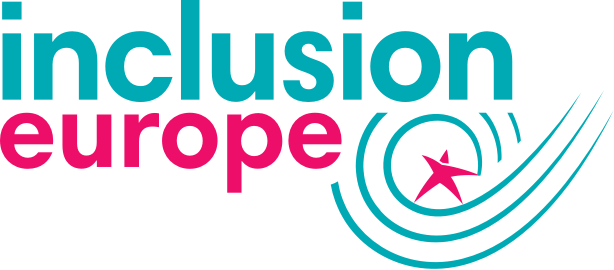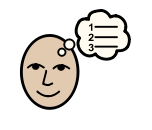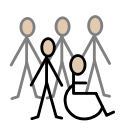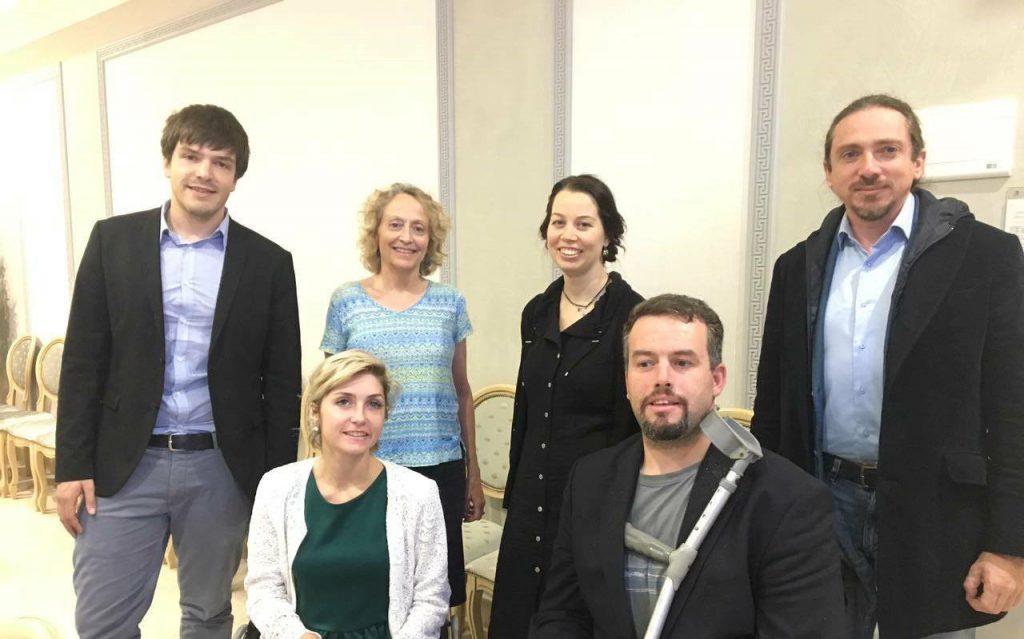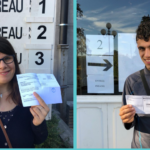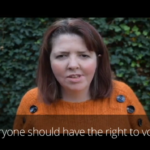[:en]
Click on a word which is in bold to read what it means.
My name is Soufiane, I live in Belgium.
I am a self-advocate.
I work at Inclusion Europeaas the easy-to-read editor.
I started working here in 2008.
I am also part of the Empower Us Action Team.
What is easy-to-read?
Easy-to-read is information that is written in a clear and easy to understand way.
Many people with an intellectual disability
as well as other groups of people find it useful.
I edit the newsletter Europe for Us using the European easy-to-read standard,
which I helped create.
I have also written this article using Easy-to-read.
training people about how to write in easy-to-read.
When I write an article in easy-to-read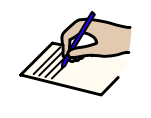
I have to understand what the article is talking about.
I also check the layout and the format of the text.
Each time I check a text,
I follow a checklist that I created for myself.
This checklist reminds me of all the things I need
that are important for an easy-to-read document.
For example, the text must be at least in Arial 14 as a font.
If the text is long,
it needs page numbers.
I use clear and short words and sometimes pictures too,
to help explain what is written.
For me, it is important to be able to read information
that is written in a way that it is easy to understand.
I feel part of the community
because I get the same information as everybody else.
There have been many times when easy-to-read was useful to me.
For example:
- When I was looking up train timetables;
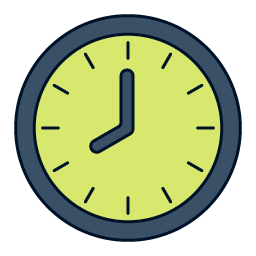
a
a
a
a - When I took part in a conference at the European Commission
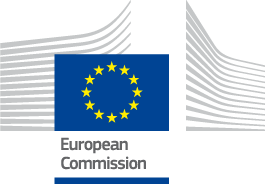
and they gave us an easy-to-read programme.
a
a
Part of my job is to help create our newsletter, Europe for Us.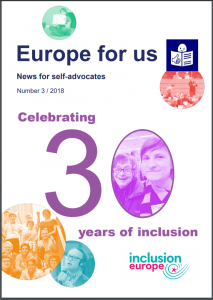
Europe for Us talks about the news that is interesting for self-advocates.
For example, it talks about meetings of self-advocates
and about the work of Inclusion Europe.
Europe for Us is written in 6 languages.
I enjoy writing easy-to-read articles
because I can pick out what people with intellectual disabilities
want to read about.
It is a fun challenge because I learn new things every time.
I get to learn about different organisations in the world
that support people with intellectual disabilities.
It is challenging to change texts into easy-to-read
because organisations’ documents are usually way too long and not easy-to-read.
But I love my job!
This article is a slightly revised version of the original article published on the website of Empower Us.
Empower Us is Inclusion International‘s work to help self-advocacy grow around the world.
The Action Team is a group of self-advocate leaders from around the world who work with Inclusion International on Empower Us.
[:]

